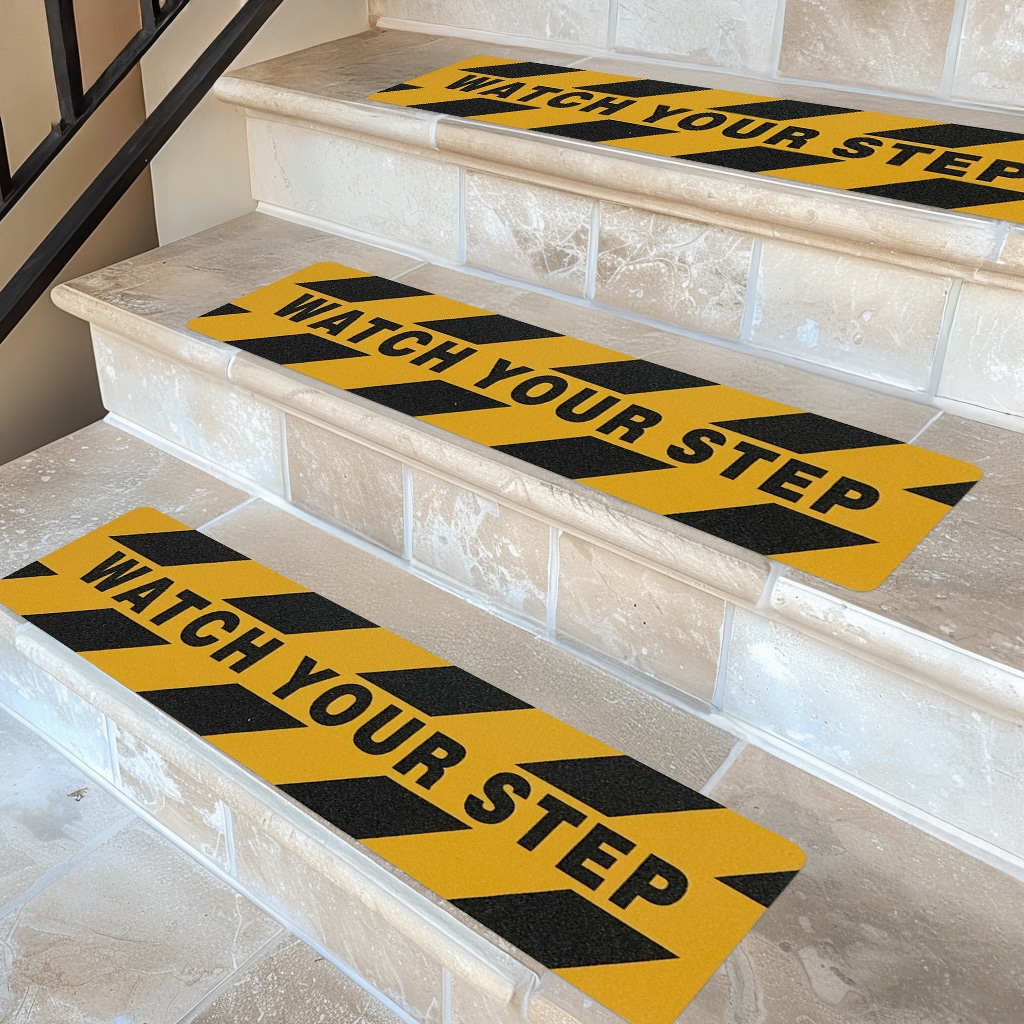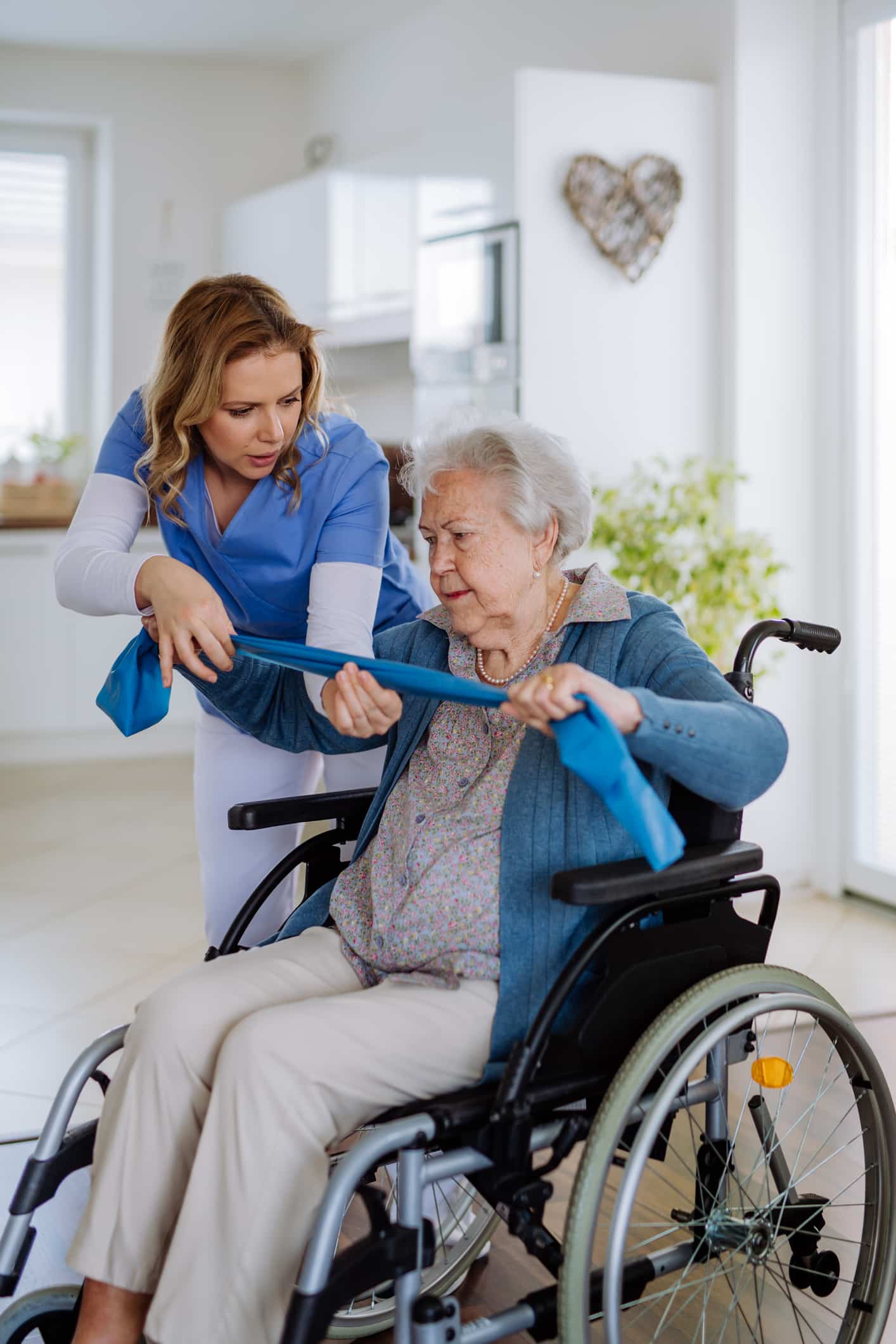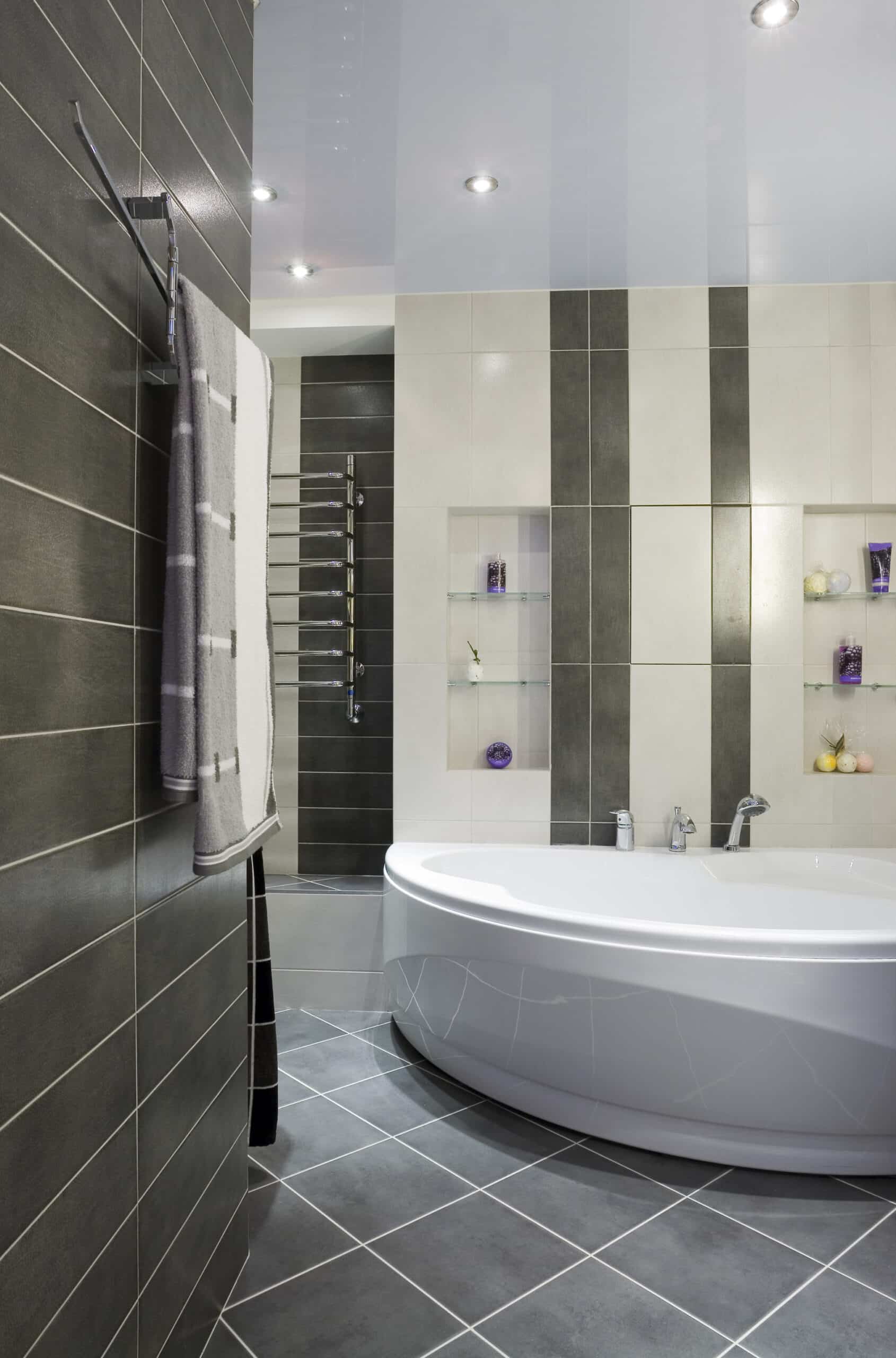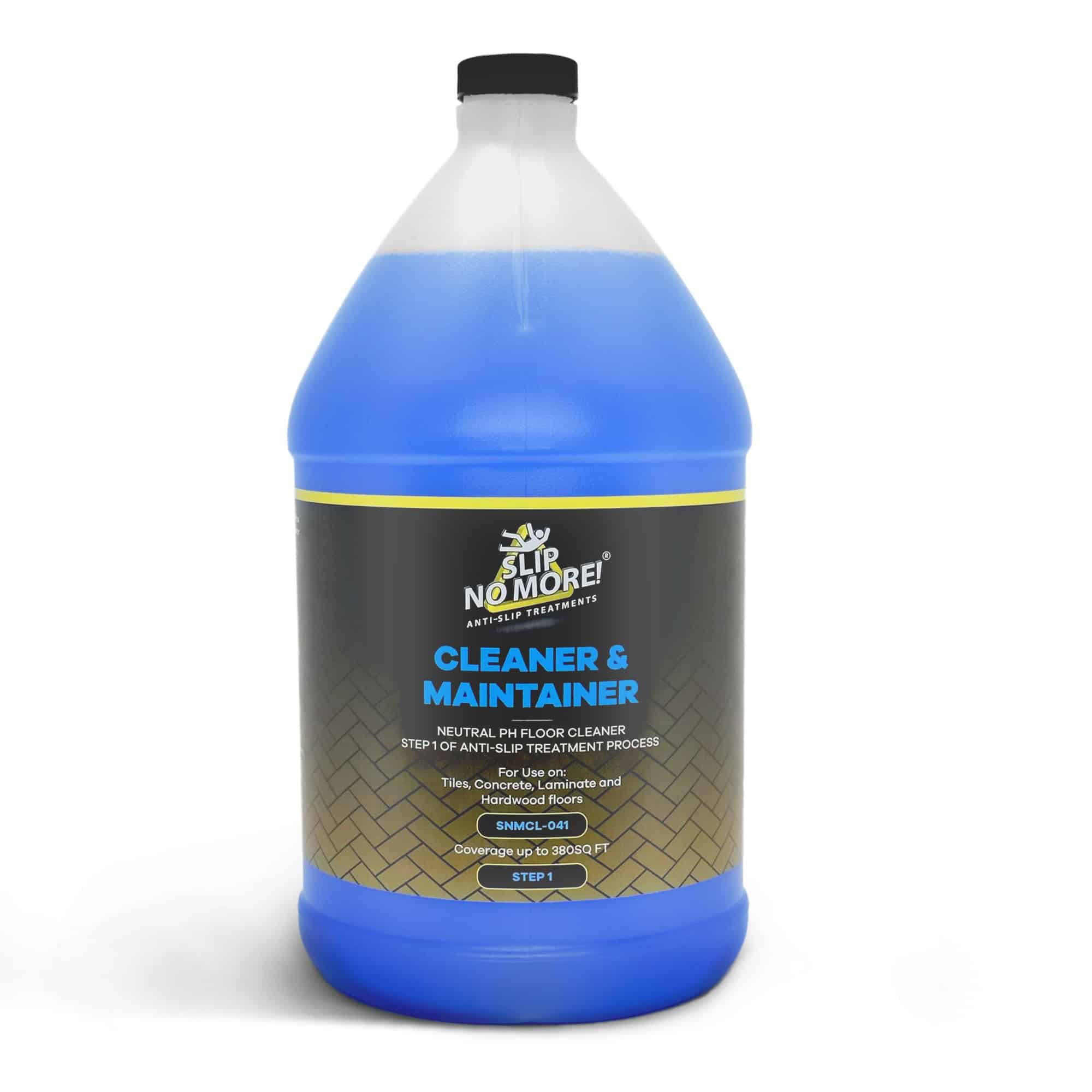Step into a world where safety meets innovation with non-slip safety tape – the workplace and home safety game-changer. In an era where safety takes precedence, this comprehensive guide aims to unveil the power of non-slip safety tape and its unparalleled potential in upgrading safety standards.
From preventing slips and falls to enhancing visibility in low-light areas, non-slip safety tape is the unsung hero of accident prevention. We delve into the various applications, benefits, and types of anti-slip safety tape, empowering you to make informed decisions for a safer environment.
Whether you’re a business owner prioritizing employee safety, a homeowner seeking peace of mind, or a safety professional exploring cutting-edge solutions, this article is your ultimate resource. Join us as we explore how incorporating non-slip safety tape can revolutionize safety protocols and mitigate risks.
Get ready to embark on a journey where safety knows no bounds – uncover the transformative potential of non-slip safety tape and witness a paradigm shift in safety excellence.
Understanding non-slip safety tape
Non-slip safety tape, also known as anti-slip or non-skid tape, is a versatile adhesive tape designed to provide surface traction, reducing the risk of slips, trips, and falls. It is typically made of rugged materials such as vinyl, rubber, or abrasive grains, ensuring durability and effectiveness in various environments. This innovative tape is available in various colors, textures, and widths, catering to diverse safety needs and aesthetic preferences.
The primary function of non-slip safety tape is to create a secure, slip-resistant surface, especially in areas prone to moisture, oil, or other slippery substances. Its ability to enhance grip and visibility makes it an indispensable tool in promoting safety across industries and residential spaces. Whether applied to floors, stairs, ramps, or equipment, non-slip safety tape offers a cost-effective solution to mitigate the hazards associated with slippery surfaces.
Non-slip safety tape is engineered to withstand heavy foot traffic, harsh weather conditions, and industrial settings, making it a reliable safety measure for indoor and outdoor use. By understanding the composition and capabilities of non-slip safety tape. Individuals and organizations can harness its potential to create safer environments and minimize the likelihood of accidents.
The importance of non-slip safety tape in preventing accidents
The significance of non-slip safety tape in accident prevention cannot be overstated. Slips, trips, and falls are among the leading causes of workplace injuries and public accidents, resulting in significant physical, emotional, and financial repercussions. Non-slip safety tape is a proactive measure to address these risks, offering a proactive approach to safeguarding individuals and reducing the burden of preventable injuries.
By providing reliable surface traction, anti-slip safety tape is a formidable barrier against slip-related incidents, particularly in areas where conventional flooring may become hazardous when exposed to moisture, grease, or other contaminants. Its role in creating a secure foothold for pedestrians, workers, and customers contributes to a culture of safety-consciousness and liability reduction for businesses, public facilities, and residential properties.
Moreover, non-slip safety tape aligns with regulatory standards and occupational safety guidelines, making it essential to comply with workplace safety regulations. Its ability to enhance the overall safety infrastructure reduces the likelihood of accidents. It fosters a sense of confidence and well-being among occupants and visitors, reinforcing the value of proactive safety measures.
Safety tape applications
In industrial settings, non-slip safety tape is vital in promoting workplace safety by providing traction on floors and walkways, reducing the risk of accidents in areas prone to spills, moisture, or heavy traffic. Its application in warehouses, manufacturing facilities, and distribution centers enhances the overall safety culture and mitigates the potential for workplace injuries and operational disruptions.
In commercial and public spaces, non-slip safety tape is a proactive measure to ensure the safety and accessibility of patrons, employees, and visitors. From retail establishments and hospitality venues to educational institutions and healthcare facilities, the strategic placement of non-skid safety tape contributes to a secure environment, instilling confidence and peace of mind for occupants and stakeholders.
In residential settings, anti-slip safety tape is valuable for homeowners seeking to enhance safety measures. Whether applied to outdoor steps, pool decks, or garage floors, safety tape provides a simple yet effective solution to mitigate slip-related risks and create a secure living environment for families and guests.
Choosing the right non-skid safety tape for different surfaces
Selecting the appropriate non-slip safety tape for specific surfaces ensures optimal performance and longevity. When choosing the right non-skid safety tape for different applications, factors such as surface material, environmental conditions, intended use, and traffic volume should be considered. Understanding the following key considerations can guide individuals and organizations in making informed decisions regarding non-slip safety tape selection:
1. Surface Compatibility: Different surfaces require specific types of non-slip safety tape to ensure proper adhesion and effectiveness. Whether the surface is concrete, wood, metal, or composite material, selecting a tape designed for compatibility with the substrate is essential for long-term performance.
2. Environmental Factors: Consider the environmental conditions to which the anti-slip safety tape will be exposed. Factors such as temperature fluctuations, UV exposure, moisture levels, and chemical exposure can impact the durability and adhesion of the tape. Choosing a tape with resistance to these elements is critical for maintaining its effectiveness over time.
3. Traffic and Use: Assess the volume and type of traffic the non-skid safety tape will encounter. High-traffic areas may require more robust tape with enhanced durability and grip, while low-traffic areas may benefit from a more cost-effective solution without compromising safety.
4. Aesthetic Considerations: Non-slip safety tape is available in various colors and textures to align with aesthetic preferences and visibility requirements. Choosing a tape that complements the surrounding environment and provides adequate visibility contributes to safety and visual appeal.
By evaluating these factors and consulting with safety professionals or suppliers, individuals and organizations can make informed decisions when selecting non-slip safety tape, ensuring that the chosen tape meets the specific needs and performance expectations of the intended application.
Installation and maintenance of anti-slip safety tape
Properly installing and maintaining anti-slip safety tape are critical to its effectiveness and longevity. Following best practices and guidelines for installation, as well as implementing routine maintenance measures, can maximize the performance and durability of the tape, ultimately contributing to a safer environment. The following steps outline the recommended approach to installing and maintaining anti-slip safety tape:
Installation:
1. Surface Preparation: Ensure the application surface is clean, dry, and free of debris or contaminants that may compromise adhesion. Proper surface preparation is essential for achieving a secure bond between the tape and the substrate.
2. Cutting and Placement: Measure and cut the non-slip safety tape to fit the intended area, allowing for sufficient coverage and overlap. Carefully position the tape, gradually removing the backing to prevent air pockets and ensure even adhesion.
3. Firm Adhesion: Apply firm pressure to the tape using a roller or squeegee to ensure complete contact with the surface, minimizing the risk of peeling or detachment.
4. Edges and Corners: Pay special attention to the edges and corners of the tape, ensuring secure adhesion and smooth transitions to prevent lifting or tripping hazards.
5. Allow Cure Time: Follow the manufacturer’s recommendations for allowing the tape to cure and adhere properly before subjecting it to heavy traffic or environmental stressors.
Maintenance:
1. Regular Inspection: Periodically inspect the condition of the anti-slip safety tape to identify signs of wear, lifting, or damage. Promptly address any issues to maintain the integrity of the tape.
2. Cleaning and Upkeep: Clean the surface with mild detergents or cleaners to remove dirt, debris, or residues that may compromise the tape’s effectiveness. Avoid using abrasive materials or harsh chemicals that could damage the tape.
3. Replacement as Needed: Replace worn or damaged sections of the anti-slip safety tape to maintain consistent traction and safety performance. Timely replacement ensures ongoing protection against slip-related hazards.
By adhering to proper installation techniques and implementing routine maintenance practices, individuals and organizations can optimize the performance and longevity of anti-slip safety tape, contributing to a safer and more secure environment for all occupants.
Benefits of using non-slip safety tape for businesses and homes
Adopting non-slip safety tape offers many benefits for businesses and homes. Addressing safety concerns and enhancing overall risk management. Some of the key benefits of using non-slip safety tape include:
1. Accident Prevention: Non-slip safety tape reduces the risk of slips, trips, and falls, leading to a decrease in accidents and related injuries. This proactive approach to safety aligns with the well-being of employees, customers, and visitors, as well as the financial stability of businesses.
2. Regulatory Compliance: By implementing non-skid safety tape by safety regulations and standards, businesses demonstrate their commitment to maintaining a safe and compliant environment, thereby mitigating potential liabilities and penalties.
3. Enhanced Productivity: A safer workplace environment fosters increased productivity and morale among employees, who feel confident in their safety and well-being while performing their duties.
4. Cost Savings: Preventing accidents through non-skid safety tape translates into cost savings associated with reduced workers’ compensation claims, medical expenses, and potential legal liabilities.
5. Peace of Mind: For homeowners, incorporating anti-slip safety tape provides peace of mind. Creating a secure living environment for family members, guests, and visitors, reducing the anxiety and potential risks associated with slippery surfaces.
6. Long-Term Durability: Anti-slip safety tape is designed for longevity and resilience, offering a cost-effective solution for maintaining safety measures over time without frequent replacements.
Safety tape regulations and compliance
The utilization of non-slip safety tape is subject to various regulations and compliance standards, particularly in industries and public spaces where safety measures are closely monitored and enforced. Understanding the regulatory landscape and compliance requirements about non-slip safety tape is essential for ensuring adherence to applicable guidelines and safeguarding occupants against potential hazards. Some critical considerations regarding non-slip safety tape regulations and compliance include:
1. Occupational Safety Standards: Occupational Safety and Health Administration (OSHA) regulations and standards outline workplace safety requirements, including non-slip safety measures to prevent accidents and injuries. Compliance with OSHA guidelines is imperative for businesses to maintain a safe and legally sound work environment.
2. Building Codes and Accessibility Standards: Building codes and accessibility regulations may specify using non-slip safety tape in public facilities, commercial properties, and multifamily dwellings to ensure compliance with safety and accessibility requirements for occupants and visitors.
3. Industry-Specific Requirements: Certain industries, such as construction, manufacturing, hospitality, and healthcare, may have industry-specific regulations that mandate the use of non-slip safety measures to address occupational hazards and safeguard the well-being of workers and patrons.
4. Product Certification and Testing: Non-skid safety tape may be subject to certification and testing requirements to validate its performance, durability, and adherence to safety standards. Choosing certified products ensures compliance with quality and safety assurances.
By remaining informed about the regulatory landscape and seeking guidance from safety professionals or regulatory authorities, individuals and organizations can align their use of non-slip safety tape with the necessary regulations and compliance standards, promoting a safe and legally compliant environment.
Where to buy non-slip safety tape
The availability of anti-slip safety tape extends across various sources, ranging from specialty safety suppliers to online retailers, offering a wide selection of products to cater to diverse safety needs and preferences. When considering where to buy non-slip safety tape, individuals and organizations can explore the following options to procure high-quality and reliable products:
1. Slip Prevention Specialists: Specialized and industrial supply companies offer a comprehensive range of non-slip safety tape, often providing expert guidance, product demonstrations, and customized solutions to address specific safety challenges. These companies also offer other non-slip products for all types of floors.
2. Online Marketplaces: E-commerce platforms feature many non-skid safety tape options, allowing for convenient browsing, comparison, and purchase of products from various manufacturers and suppliers, often with customer reviews and ratings to aid decision-making.
3. Hardware Stores and Home Improvement Centers: Local hardware stores and home improvement centers stock non-slip safety tape among their safety and maintenance products, providing accessibility for homeowners and small businesses seeking immediate solutions.
4. Safety Equipment Distributors: Distributors specializing in safety equipment and personal protective gear may offer a selection of anti-slip safety tape alongside other safety products, catering to the needs of businesses and industries requiring comprehensive safety solutions.
By exploring these avenues and considering product quality, availability, and support services, individuals and organizations can make informed decisions when purchasing non-slip safety tape, ensuring access to reliable and effective safety solutions for their respective environments.
Conclusion
Non-slip safety tape is a versatile, cost-effective solution for preventing slips and falls in various settings. Its durability and resistance to wear and tear make it ideal for high-traffic areas, providing a reliable grip even in challenging conditions. The tape’s weather-resistant properties make it suitable for indoor and outdoor use, ensuring consistent safety across different environments.
One of the critical advantages of non-slip safety tape is its easy application, whether as a DIY project or through professional installation. Its adhesive backing allows for quick and hassle-free installation on various surfaces, including concrete, wood, metal, and tile. With various color options, anti-slip safety tape can also serve as a visual cue, effectively delineating hazardous areas and promoting awareness.
Non-skid safety tape is a preventive and proactive approach to safety enhancement. Its anti-slip surface provides traction underfoot, reducing the risk of accidents and injuries caused by slippery conditions. This proactive safety measure can significantly reduce accidents and create a secure environment for employees and visitors.
The Articles section of our website has loads of interesting information on how to increase the safety of your floors. If you found this article helpful, please share it on Facebook and Instagram. You might also want to fix your slippery wood stairs.





